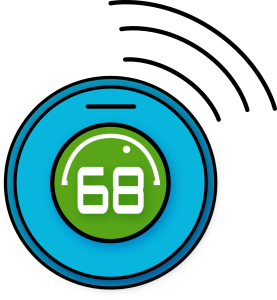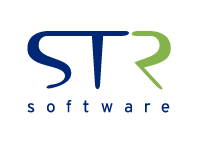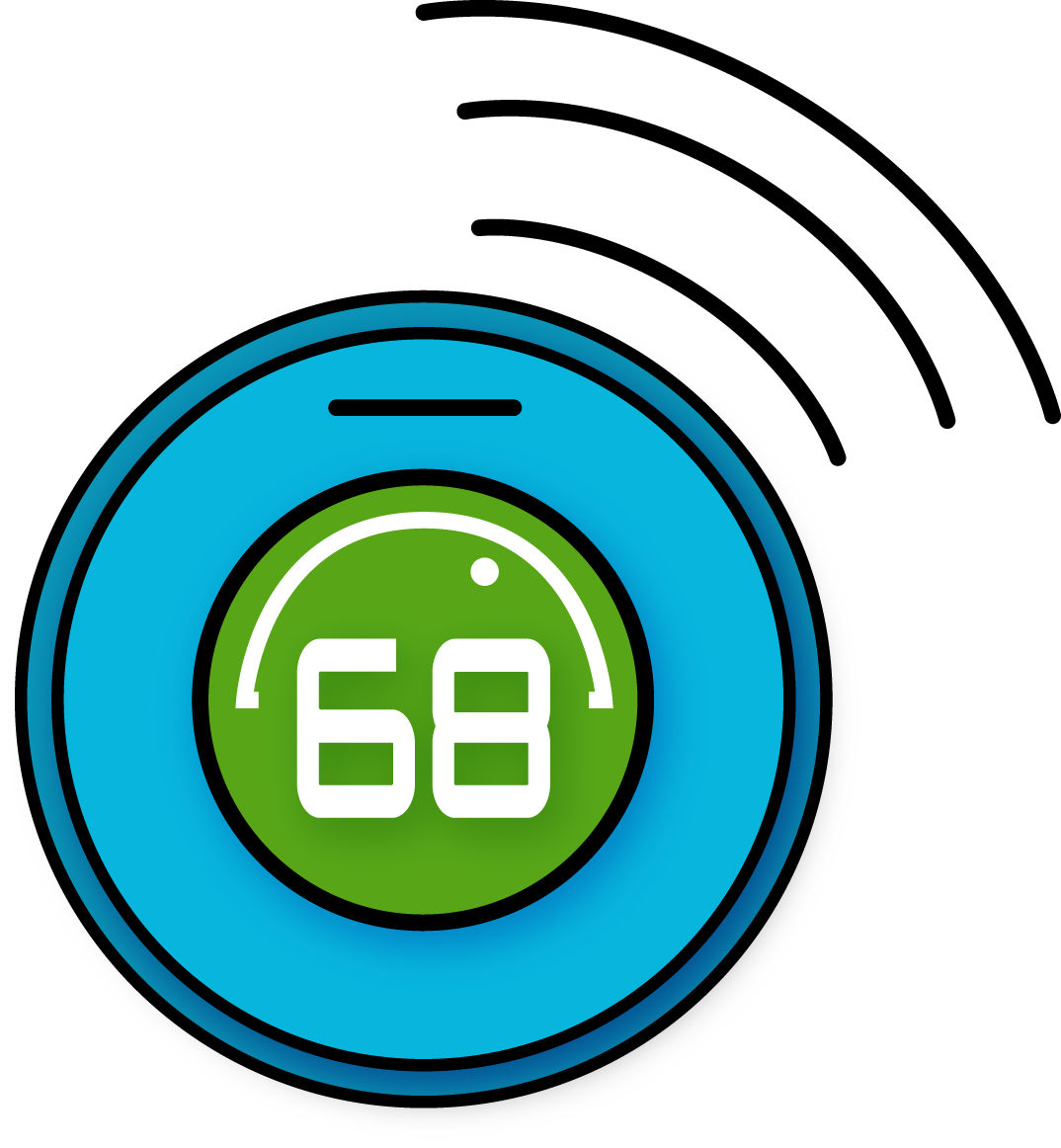What is Internet of Things or IoT?
To start, let’s describe “things.” A “thing” is any physical object embedded with electronics (including sensors and software) that are connected (or can communicate) with another “thing” over the internet. As soon as one “thing” communicates with another “thing” it becomes “things.” And there you have Internet of Things (IoT). Need an example? Keep reading!
What’s an example of Internet of Things?
 One of easiest examples of a “thing” to understand is a consumer-based smart thermostat. Traditionally, thermostats were designed to regulate temperature in your home based on a high or low temperature threshold (depending on the time of the year). Through IoT, a smart thermostat can regulate temperature using data from various sensors located in your house. These sensors may measure humidity and motion or sound inside the home.
One of easiest examples of a “thing” to understand is a consumer-based smart thermostat. Traditionally, thermostats were designed to regulate temperature in your home based on a high or low temperature threshold (depending on the time of the year). Through IoT, a smart thermostat can regulate temperature using data from various sensors located in your house. These sensors may measure humidity and motion or sound inside the home.
With motion and sound detectors connected to your smart thermostat, the smart thermostat knows when you are home and sets the temperature according to your preference. Once you leave for the day, the thermostat adjusts the target temperature to a more energy efficient setting saving you money and the environment at the same time. Also, by measuring humidity, it can engage a humidifier or dehumidifier as needed keeping your home as comfortable and efficient as possible.
In addition, smart thermostats may connect to your home’s wireless network so they can gather data about outside weather conditions from the internet including hi and low temperatures, precipitation, humidity, barometric pressure, etc. Why capture of this this information? Well, with it, the smart thermostat can forecast temperature changes during the day and make intelligent decisions about heating (or not heating) an empty home knowing that outside temperature will naturally heat the home to the desired temperature.
This IoT technology makes a significant difference in energy efficiency. By interfacing your smart thermostat with sensors and external data, you can lower utility bills by up to 20% annually.
This is a simple example of smart thermostat functionality and only touches on some basic functionality. Built-in artificial intelligence (AI) is also available and is designed to learn about your daily activities/schedule so the thermostat can operate autonomously without human interaction. The thermostat may also be activated by receiving information from your smart phone. If you indicate that you are on your way home, the phone can quietly alert a smart thermostat to your upcoming arrival and set the system to hit your preferred temperature by the time you walk in the door.
The result is household temperatures customized to your preference, 20% savings on your annual utility bill, and a cleaner environment for all of us. By the way, like most “things,” humans have the ability to override the system to cool or heat on demand.
Now that you understand a consumer-based example of IoT, check out IIoT.




![Rollup of Product Updates [Winter 2025; v25.1]](https://www.strsoftware.com/wp-content/uploads/2023/02/Feature_Image_ProductUpdate_Wave-510x382.png)
